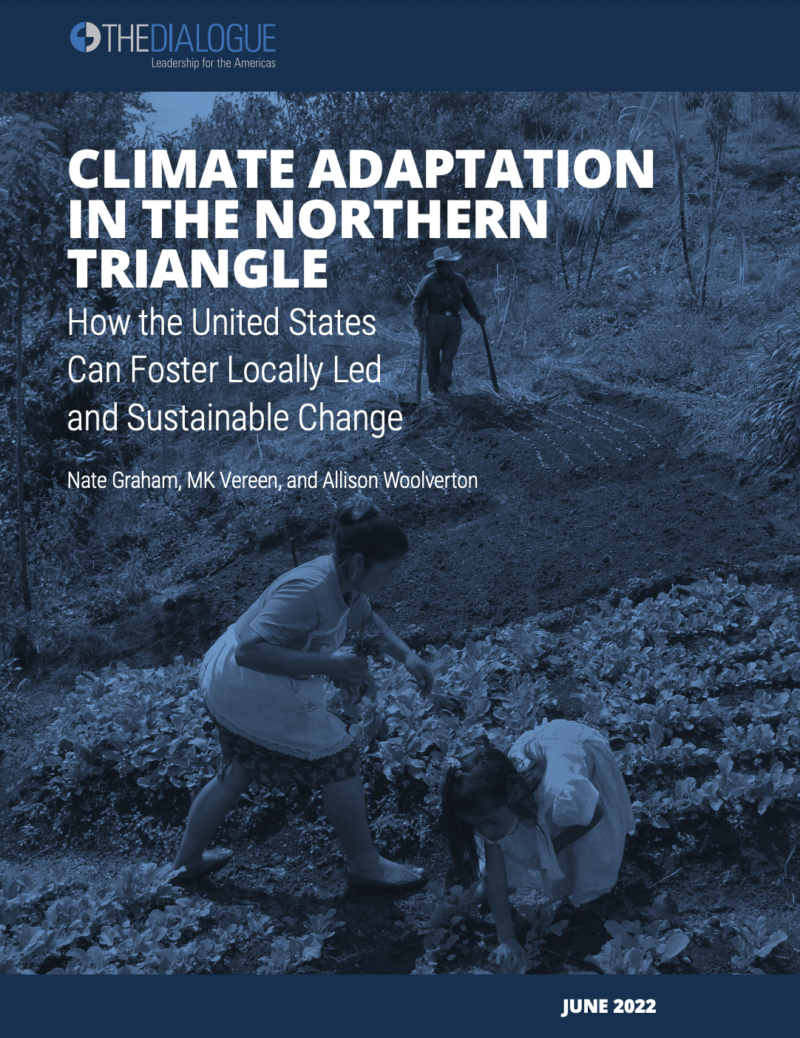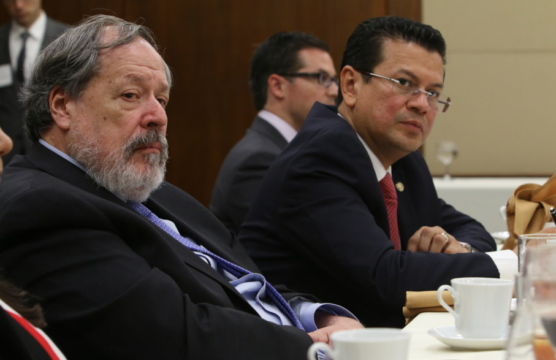Will the New US Aid Plan for Central America Be Successful?
Will Central American governments spend the money effectively? Do the countries in the isthmus have a good plan to fight the drug cartels?
This post is also available in: Español
The countries of Central America's "Northern Triangle" — El Salvador, Guatemala, and Honduras — are already suffering from the effects of climate change, facing droughts and floods that threaten food and water security and catastrophic storms that jeopardize safety, health, and livelihoods. These impacts exacerbate a host of other factors driving mass migration within and from the region, including to the United States. More than two million people are estimated to have left El Salvador, Guatemala, and Honduras since 2014, many fleeing violence and economic hardship, and climate change increases vulnerability to these issues while amplifying the consequences of systemic issues such as a lack of education and employment opportunities, poor water management, and inequality and marginalization. These factors in turn hamper the ability of Northern Triangle countries and communities to adapt to climate change.
This report is the last in a series of three based on inputs from the Inter-American Dialogue's Task Force on Climate Change in the Northern Triangle, which includes a diverse group of representatives from the Northern Triangle ranging from representatives of environmental organizations, rural, Indigenous and Afro-descendant communities, and youth activists to prominent former government officials, business leaders, and technical experts. The report analyzes the core challenges to making climate adaptation projects more effective and sustainable in the region and outlines recommendations for US assistance in four key areas: engagement with civil society, support of educational programming and access to climate information, strengthening of subnational government adaptation planning, and partnerships with the private sector. A wide variety of potential partners in the region are making strides to improve the resilience of their countries and communities to climate impacts, and from many different angles. However, they face a challenging regional context and formidable barriers, as cited above and expanded upon in the report, which US assistance and collaboration can help to surmount.
The report complements the recommendations of the previous report in the series, on themes such as agriculture, water, energy, and finance, with strategic recommendations for US assistance to foster effective and sustainable adaptation, especially through empowering local leadership:
Will Central American governments spend the money effectively? Do the countries in the isthmus have a good plan to fight the drug cartels?
More than 52,000 Central American children, passing through Mexico, have sought entry into the US.
The outlook for the Northern Triangle is one of both optimism and apprehension.
 Sean Sprague / Alamy Stock Photo
Sean Sprague / Alamy Stock Photo

